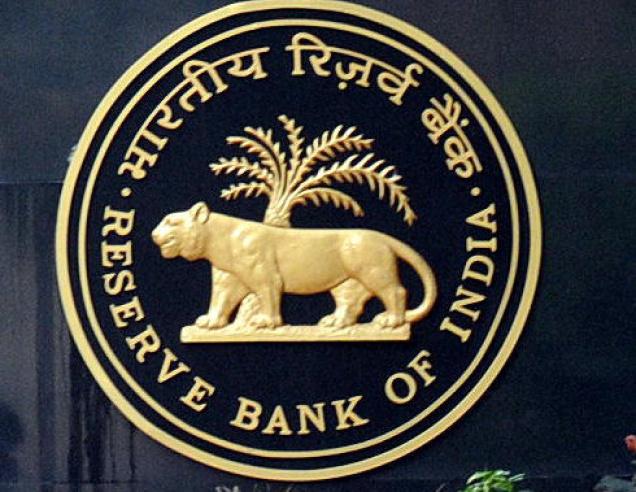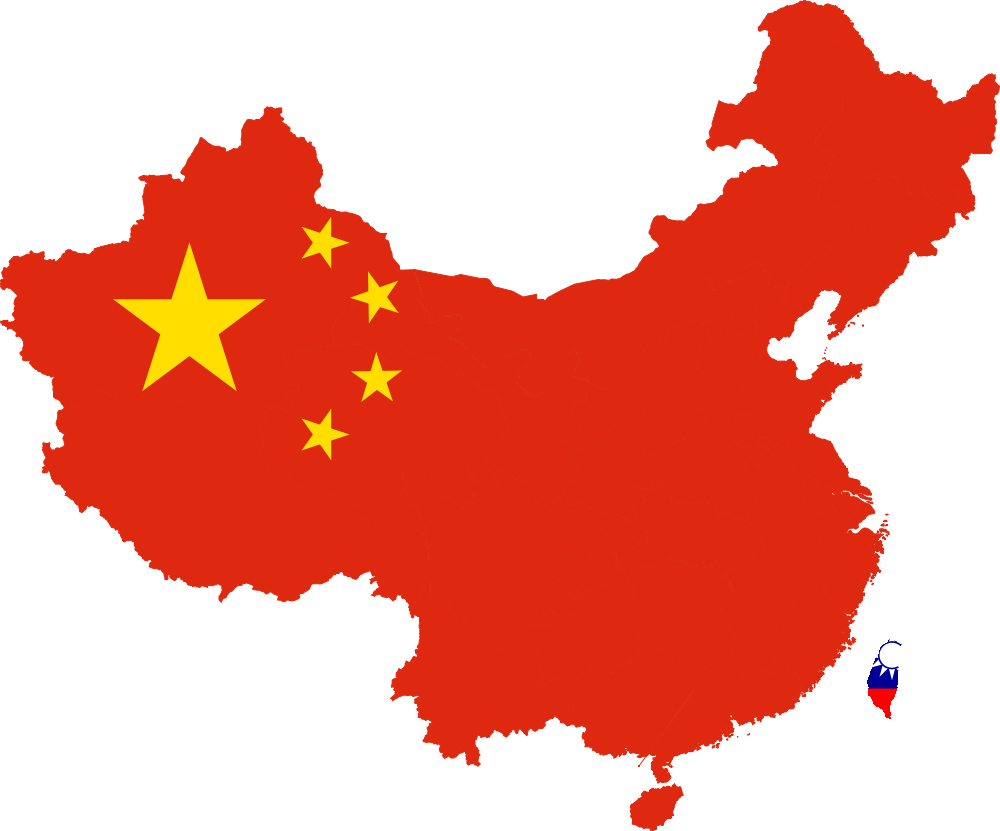In an interesting The Honest Truth column which was recently published, Ajit Dayal writes: “I think the RBI may charge ahead with a 100 basis points cut!” One basis point is one hundredth of a percentage. Hence, 100 basis points amount to 1%.
The Reserve Bank of India(RBI)’s next monetary policy statement is scheduled for April 5, 2016.
Dayal offers multiple reasons on why he thinks the RBI may cut the repo rate by 1%. Repo rate is the rate at which RBI lends to banks and acts as a sort of a benchmark for the short and medium term interest rates in the economy. I would highly recommend that you read Dayal’s column before you start reading mine.
The stock market wallahs always want lower interest rates because they believe that lower interest rates take the stock market to higher levels. The logic is that at lower interest rates people will borrow and spend more. They will buy more two-wheelers, cars, consumer durables and homes, and this will benefit companies. With this increase in consumption, earnings of companies are likely to go up, and the stock prices will adjust for it.
Further, it will also benefit companies which have a huge amount of debt. They will have to pay a lower amount of interest to service their existing debt. Third, the banks will benefit from the huge bond portfolios that they have.
As Dayal writes: “A 1% cut in interest rates would boost the value of the bond portfolios of banks by 10% to 15%. So, for every Rs 100,000 crore of bonds held by the banks, there will be a possible Rs 12,000 crore to Rs 15,000 crore surge in the net worth of the bank.”
Interest rates and bond prices are inversely related. As interest rates fall, bond prices go up. This is because investors want to stock up on bonds issued earlier, which pay a higher interest. This drives up the price of these bonds. As prices go up, this benefits banks which already own these bonds and they make higher profits.
While these reasons make sense, they present only a part of the picture. In this column, the point I will make is exactly the opposite of what Dayal is making i.e. RBI should not cut the repo rate by 1%, or at least not all at once.
There are multiple reasons for the same. First and foremost, the RBI cutting the repo rate is just a part of the process of the overall interest rates coming down. When the RBI cuts the repo rate, the banks need to pass on the cut to their borrowers as well. This happens by the banks cutting their deposit rates as well as their lending rates.
But what has happened in the Indian case is that banks have cut their deposit rates without cutting their lending rates at the same pace. As RBI governor Raghuram Rajan had said in December 2015 “Since the rate reduction cycle that commenced in January [2015], less than half of the cumulative policy repo rate reduction of 125 basis points has been transmitted by banks. The median base lending rate has declined only by 60 basis points.”
So a 100 basis points cut by the RBI will lead to banks cutting the interest rates on their deposits without cutting their lending rates at the same rate. Historically this is what banks have always done and there is no reason to believe that this time will be any different.
And this is not a good thing. Hence, it is best that the RBI cut the repo rate in a gradual way, 25 basis points at a time, wait to see whether the banks pass on the cut and then move further.
A new marginal cost based lending rate comes into the picture for banks from April 1, 2016. The RBI needs to wait to see how this pans out and whether banks actually go about cutting interest rates on their loans, as they are expected to.
Also, many economists and analysts look at interest rates just from the point of view of the borrower. But what about the saver? If the interest rates are cut dramatically the saver will have to save more to meet his or her financial goals, in the years to come. How about taking that into account as well?
Deposits with banks, non-banking companies and cooperative banks and societies, form a major part of household financial savings of Indians. In 2011-2012, 2012-2013 and 2013-2014, deposits formed 58%, 56% and 69% of the total household financial savings. Banks deposits made up for 53%, 50% and 62% of the total household financial savings. (The breakup for 2014-2015 is not available).
Hence, interest rates need to be viewed from the point of view of savers as well, given that a major part of savings are in bank deposits. The economist Michael Pettis makes a very interesting point about the relationship between interest rate and consumption in case of China.
As he writes in The Great Rebalancing: “Most Chinese savings, at least until recently, have been in the form of bank deposits…Chinese households, in other words, should feel richer when the deposit rate rises and poorer when it declines, in which case rising rates should be associated with rising, not declining, consumption.”
Given that a large portion of the Indian household financial savings are invested in bank deposits, any fall in interest rates should make people feel poorer and in the process negatively impact consumption, at least from the point of savers.
Also, people who are savings towards a goal will have to save more. Pettis explains this in his book through an example that one of his students told him about. As he writes: “According to my student, her aunt was planning to save a fixed amount of money for when her twelve-year-old son turned eighteen and was slated to go university. She had a certain amount of money already saved, but not enough, so she needed to add to her savings every month to achieve her target.”
A similar logic applies in the Indian case as well and needs to be taken into account whenever we talk about lower interest rates.
Rajan has often said in the past that he wants to maintain a real interest rate level of 1.5-2%. Real interest is essentially the difference between the rate of interest (in this case the repo rate) and the rate of inflation.
The consumer price inflation on which the RBI bases its monetary policy on, in February 2016, stood at 5.2%. If we add 1.5% to this, we get 6.7%, which is more or less similar to the prevailing repo rate. The current repo rate stands at 6.75%.
The last time I used this argument some readers on the social media pointed out that instead of using the repo rate, I should have used the interest rate on fixed deposits to make this argument.
I used the repo rate because that is what the RBI does. As a February 2016 newsreport of the PTI points out: “Deputy Governor Urjit Patel also defended the RBI move to take into account the repo rate, and not the deposit rates, while computing the real rate of interest, saying the rate set by RBI is a universal one which is relevant for the entire country.”
Nevertheless, let’s take the case of the interest rate that the State Bank of India pays on its fixed deposits for a period of 5-10 years. The interest rate is 7%.
The latest consumer price inflation is 5.2%. If we to add 1.5% to this, we get 6.7%. The SBI interest rate is 7%. Hence, there is a scope for 25 basis point repo rate cut from the RBI, if we use the bank fixed deposit interest rate to calculate the real rate of interest.
The interest rate offered by SBI on a fixed deposit of a tenure two years to less than three years, is 7.5%. If were to consider this while calculating the real rate of interest, then there is a scope for a 75 basis points rate cut by the RBI.
It is important that a real rate of interest of 1.5-2% is maintained in order to drive up the rate of household financial savings. In 2007-2008, the household financial savings had stood at 11.2% of the gross domestic product (GDP). By 2011-2012, they had fallen to 7.4% of GDP. Since then they have risen marginally. In 2014-2015, the household financial savings stood at 7.7% of GDP. This needs to go up.
This column originally appeared on the Vivek Kaul Diary on March 30, 2016


